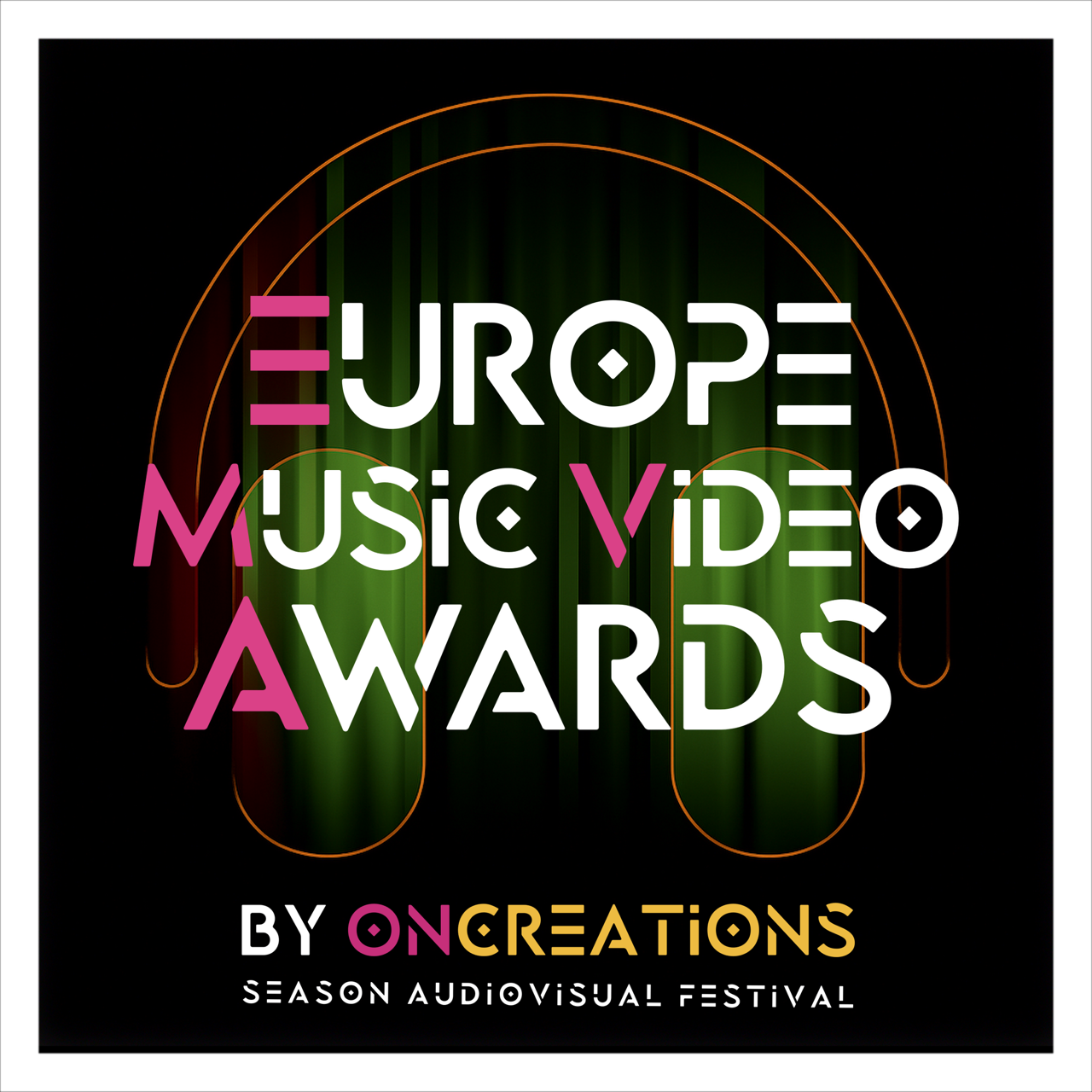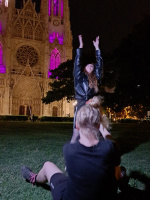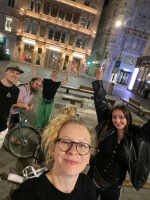The music video Angel captures the delicate balance between grief and hope, exploring the lingering presence of lost loved ones. Shot in the poetic streets of Vienna, the visuals mirror the emotional rhythm of the song, blending darkness and light. Director Katharina Simunic and artist LAMIA create an intimate, improvisational journey that celebrates authenticity and human connection.
What inspired you to create the music video Angel, and what message did you want to express through it?
It’s about losing someone but still feeling their presence beside you — that invisible closeness that lingers after loss. It’s a feeling I deeply understand.
The video beautifully contrasts light and darkness, how did you connect this symbolism with the music itself?
My approach was to focus on how the song moves between fragility and strength — just like night and light coexist. I wanted the visuals to mirror the emotional rhythm of the track: the quiet moments of grief, illuminated by sudden glimpses of warmth and hope.
The video was filmed in Vienna. What was it like to capture the city’s atmosphere in such a poetic and spiritual way?
I wanted to show Vienna from a different perspective — wandering through the city by night, searching for lonely, almost forgotten places. The bridges, the concrete structures, the empty streets — they all reflect the feeling of absence and solitude that comes with losing someone you love.
Your collaboration with music artist and producer LAMIA feels very organic. How did your creative process together unfold?
We met at the Berlin Music Video Awards, and since we live in different cities, most of our collaboration happened over Zoom. We exchanged ideas, visuals, and emotions remotely, slowly merging our worlds until Angel became something that felt equally ours.
You’re known for making most of your films completely on your own, what does this way of working give you, and what’s the biggest challenge?
I love working spontaneously — I often shoot in an improvised way and just see how things unfold. I tend to work with unconventional characters, and my job is to bring out their most authentic, unfiltered moments.What draws me most is shooting in natural environments instead of studios, because I believe the magic already exists out there — right outside your door.
Working alone gives me full creative control; the entire vision lives in my head, and no one can challenge that on set. But it’s also demanding — being the director and DOP at once can be overwhelming. You can forget details, and it’s a lot of pressure to stay focused for ten hours while keeping the energy alive for everyone. Still, when you find the right people to support you, it allows you to grow to the next level.
How do your filmmaking and your human rights activism influence each other?
They’re deeply connected. I’ve become much more sensitive about how I portray people — especially children. I always ask myself: How do I preserve their dignity and pride while getting close with the camera? My goal is mostly to show the human side — to make it as real as possible. That’s why I often prefer improvised shots; they allow truth to surface naturally.
Many of your works express a strong female and humanistic perspective. What, in your opinion, makes a film truly socially engaged?
A socially engaged film is one that doesn’t just observe, but feels. It gives space to unheard voices, challenges the viewer’s comfort zone, and still manages to find beauty within hardship. Empathy, for me, is the core of activism in art.
Your documentary Europe, Can You See Me? was made under extreme conditions. How did that experience shape you as both a filmmaker and a person?
To be honest, the experience left a lasting mark on me. As a volunteer during lockdown, I reached a moment when I truly understood how fragile human rights are — and how close injustice can be. Seeing broken arms, open wounds, and the despair in people’s eyes was something I could never have prepared for. It hardened me in some ways, made me a little numb, and shifted the way I look at the world. I can’t even watch violence on screen anymore.
What are you currently working on, or what project do you dream of making in the future?
I’m constantly filming — social media alone keeps my creative mind restless. I’m planning a new documentary around human rights again, this time exploring the impact of war videos on social media. But my main goal is to make music videos on a larger scale — with bigger budgets, carefully chosen teams, and the creative freedom to tell stories that move people.


